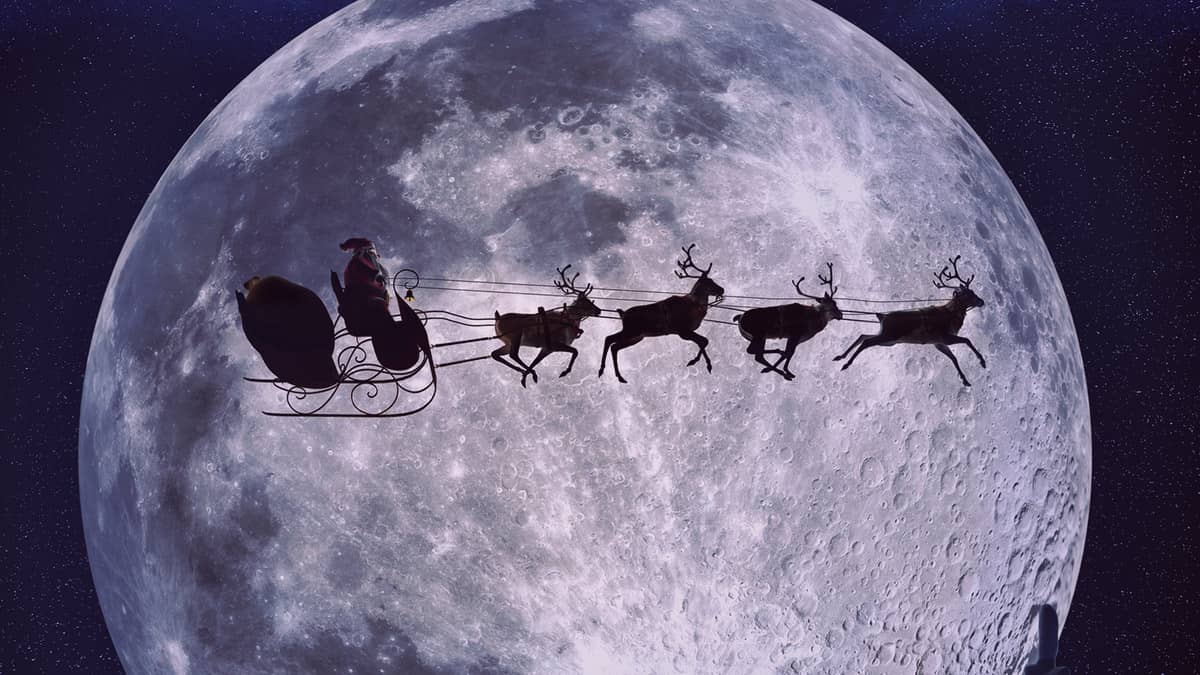
Create holiday landing pages that’ll sleigh ’em
Your logo is sporting a holiday twist. Shoppers are searching from their smartphones for gift ideas and store hours now that you’ve made your website mobile-responsive. And you’ve even added a variety of fall and winter creative assets to your email marketing campaigns. You must be ready, right?
Give yourself a pat on the back, and then be sure you’re getting an extra-big piece of the nearly $7 billion holiday pie by incorporating landing pages into your holiday marketing strategy. Never used a landing page before? Here’s what you should know:
What is a landing page?
You can “land” on pretty much any webpage, but that doesn’t mean every page is a landing page. A landing page is a standalone webpage that has one main objective. Typically, the page is designed to provide just enough information to entice a visitor to click through to another page, where hopefully a purchase gets made. In other cases, the landing page serves to capture visitors’ information, such as names and email addresses, which can later be used for marketing purposes.
Why have a landing page?
Landing pages help your visitors focus on one particular action or offer instead of being distracted by other information on your website. They’re an efficient way to convert a prospect into a lead or customer. Whether landing page visitors are signing up for a free download, responding to an invitation, clicking to the next page to make a purchase or subscribing to your newsletter or blog, they’re taking the one action you want them to take.
During the holidays, ensure your landing pages cater to the expectations of holiday shoppers. That doesn’t simply mean adding snowflakes and winter themes, although seasonalizing your landing pages and the rest of your website is important. We mean creating landing pages that directly contribute to a successful holiday season for your business.
What should be on your landing page?
Once you determine the goal of your landing page, follow these guidelines:
Create a sense of urgency
Landing pages should stress the importance of time. If the rest of your advertising reminds shoppers about year-end deals and flash sales, the links in that advertising should lead to landing pages reinforcing that urgency. Fortunately, one-day holiday traditions such as Black Friday, Small Business Saturday and Cyber Monday come with their own urgency built in, and are excellent events to hook promotions on.
Use powerful headlines and crisp images
The promotion, special or event you’ve built the landing page around should be the first thing your visitors see when they arrive. Let the promotion speak for itself. Focus on one or two specials per landing page instead of cramming all your holiday deals into the same one. Avoid superlatives such as “epic,” “unique” and “best” because people simply tune them out. What they won’t ignore is straightforward language about discounts, low prices and deals they can’t get anywhere else. Compelling, quick-loading photos help say what words can’t.
Similar guidelines apply for pages aimed at collecting visitor information or non-purchase calls to action. Clearly explain the benefit of signing up for your list; what will people receive in exchange for giving up information about themselves? Exclusive discounts and early notice of upcoming promotions? Premium content such as a white paper or ebook to download? Membership in a rewards program? Make the benefits of signing up obvious, so visitors feel it’s a no-brainer to submit their information.
Have a clear call to action
Make it easy for visitors to convert to customers. Tell them exactly what you want them to do. Eliminate distractions, and limit the number of options or decisions the visitor has to make. For example, if you want visitors to sign up for a free trial, add a prominent button that says “Sign up for a free trial now.” Position your call to action near the top of the page so visitors can take advantage of it immediately.
Stay relevant
Visitors want to see messaging relevant to what they’re looking for. Make sure the landing page delivers the offer or information promised by the link that took them there. If a visitor comes to your landing page and sees something unexpected, they’ll bounce off your website.
Present other useful information, but don’t let it distract
Offer the information customers need on your landing pages. That includes additional details about the promotion in question, a reminder of your holiday hours of operations or links to relevant sections of your website. This information should be below the promotion and call to action, and it shouldn’t distract from them.
Optimize your landing pages for mobile
Smartphone and tablet shopping increases every year, so it’s important for your landing pages to be mobile-responsive. Each landing page should have a short, attention-grabbing headline, an eye-catching image, and a bold, clear call to action. Make sure the landing page doesn’t have too much copy, or it will be hard to read on a mobile device. There’s nothing more frustrating than trying to make a quick purchase on your phone, only to be stuck scrolling down the page for too long.
Continue to test and evaluate
After you’ve created your landing page, it’s time to put it to the test. Are you seeing the results you want? If not, switch things up and try another strategy. Of course, not every tip will work for every business. For the best results, tailor your landing page to your customers’ needs.
Using landing pages on VerticalResponse
For users of VerticalResponse, creating landing pages is fast and easy. Simply log into the app, and select “Landing Pages” under Contacts. Choose whether to start a new Landing Page from scratch, or use one of the attractive, customizable templates.
Build your VerticalResponse Landing Page with the same easy-to-use editor you’re already familiar with from creating emails. You can change colors and typefaces, add and remove elements, and incorporate different functionality. Once the Landing Page looks and performs the way you want, create a URL for it. You can even use your company domain name in the URL, so the Landing Page appears as part of your existing website. Publish it, and your Landing Page is now live!
Send traffic to your new Landing Page with email campaigns and social posts that tease your event or promotion. Or use the Landing Page to collect contact or demographic information about your visitors, so you’re better able to segment them into email lists. Visitor information you collect on your VerticalResponse Landing Page will flow automatically into your contact lists.
Above all, let your holiday landing pages be welcoming places for your web visitors to convert to customers.
Join 140,000 small business owners
© 2017 – 2018, Contributing Author. All rights reserved.
 SUBSCRIBE
SUBSCRIBE 


